RHEINBERG – Amazon Disaster Relief Hub.
We can translate it as “Disaster Relief Center”. An expression that well defines the ultimate objective of this place, which is to send the necessary products to non-profit organizations and partners present in communities affected by natural disasters.
There are several in the world and from today we also have one in Europe, in Rheinberg (Germany), in an area with easy access to the main international airports and transport networks.
Here the American giant will store over 1,000 pallets of first aid productsenough to fill a Boeing 737 plane twenty times over.
“Natural disasters occur more frequently and are increasingly impactful, which is why we are mobilizing our global warehouses, logistics infrastructure and technology to support populations affected by these emergencies. We are constantly committed to making our international relevance available to create a positive impact in communities – he declared Bettina Stix, head of Amazon Disaster Relief. – We worked with local and international aid organizations to understand their needs and analyzed our data to identify the most in-demand products following natural disasters. With the opening of this new Hub in Germany, our response to emergencies in Europe, the Middle East and North Africa will be even faster and more efficient.”
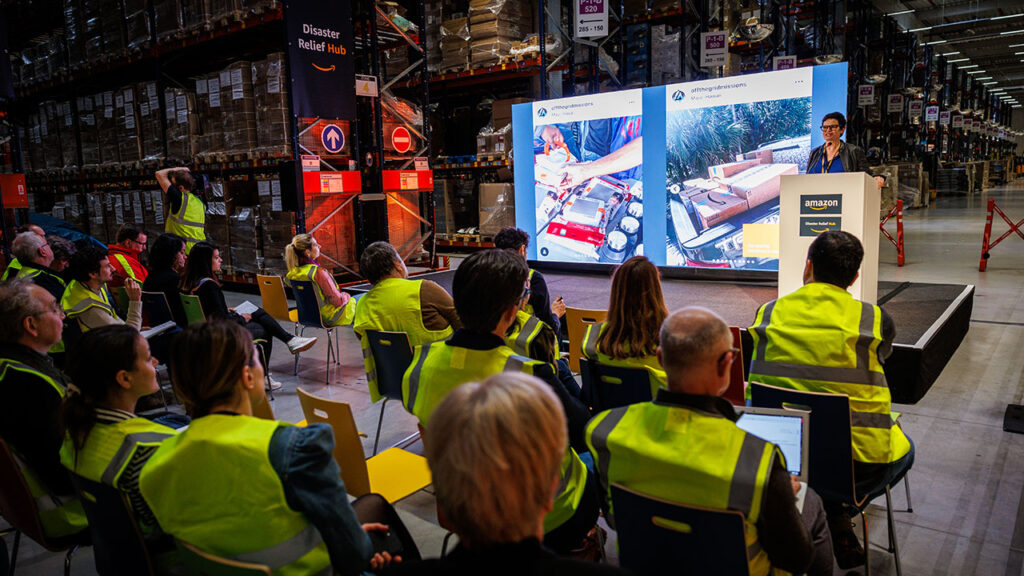
The Amazon Disaster Relief Hub in Rheinberg: what is it like?
The new Disaster Relief Hub is a 2,000 square meter facility, inside the Rheiberg Amazon Distribution Center, which will be ready to respond to the most frequent natural disasters in Europe, such as floods and forest fires.
Stored products include shelter supplies (such as tents, blankets, cots, mats, sleeping bags), hygiene kit (such as soap, toothbrushes and toothpaste) and cleaning supplies (such as work gloves or sanitizing products).
A list that arises from an in-depth analysis carried out by Amazon, which has studied products requested after every natural emergency since 2017, discovering that over 80% are generally the same.
Using this data and forecasts from partner relief organizations, Amazon teams have millions of essential items ready to be packaged and distributed to affected communities when needed.
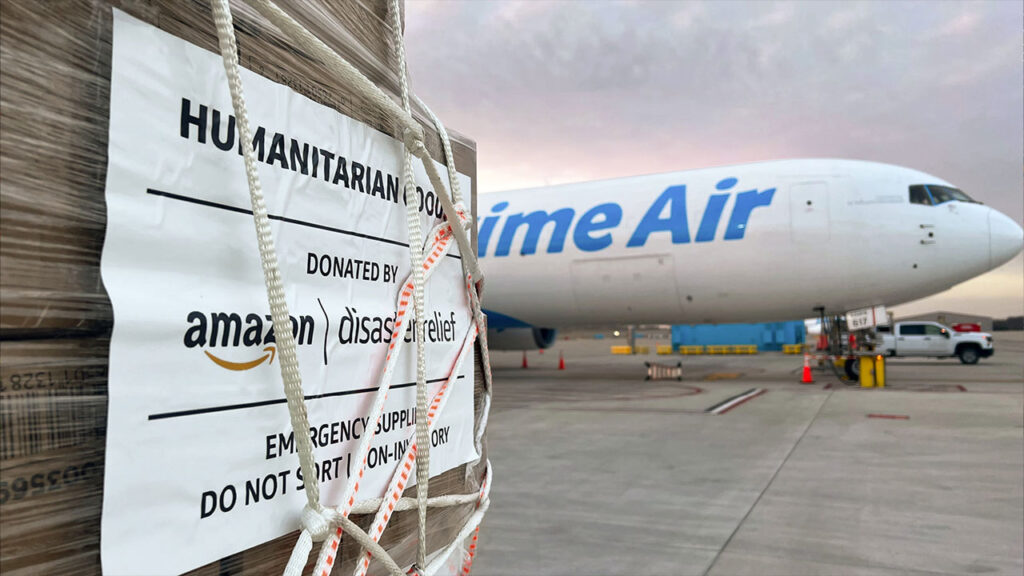
Analysis and dedicated structures like this Disaster Relief Hub allow aid to be sent in less than 72 hours, much faster than if teams had to package products and distribute them to different facilities across the continent.
The importance of partners
However, they also play a fundamental role partnerships between Amazon and national and international humanitarian organizations, including the Red Cross, Save the Children and the International Organization for Migration (IOM). In fact, these collaborations allow us to understand their needs and be ready to procure the requested products in advance.
Does the system work? Definitely yes given that Since 2017, Amazon has responded to more than 145 natural disasters around the world and donated more than 24 million relief products. In the last 18 months alone, Amazon has responded to many natural disasters around the world, including wildfires in Chile, Colombia, Australia and Hawaii, earthquakes in Japan, Turkey, Syria and Morocco, hurricanes and cyclones in Puerto Rico, Florida and India .
Jeanette Camarillo, Deputy Director for the Department of Humanitarian Response and Recovery at IOM said “The creation of this Hub represents a significant step for our collaboration and I am thrilled that IOM has become a strategic partner in such an important initiative. Our collaboration over these two years in rescue and emergency operations has been positive and has laid a solid foundation for future joint activities.”
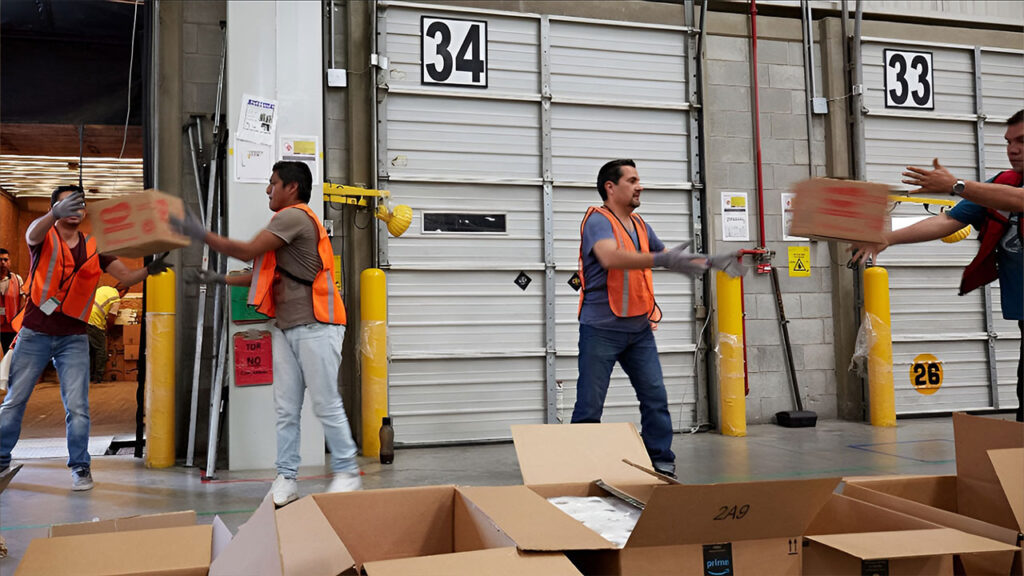
“For seven years, Amazon and Save the Children have been supporting children and their families who, in every part of the world, have to cope with natural disasters – he explains Gabriella Waaijman, Global Humanitarian Director of Save the Children. – The new Disaster Relief Hub represents a key step forward in Amazon’s efforts in this area. The project combines Save the Children’s decades of humanitarian experience with Amazon’s industry-leading supply chain to ensure that, in the aftermath of a natural disaster or emergency, essential products such as hygiene kits and educational materials reach as many people as possible. quickly as possible to the people who need it most.”
In addition to donating products and logistics services, Amazon has also made it easy for customers to make product donations through the company’s online stores. When the crisis began in Ukraine, for example, customers across Europe were able to use Amazon to send thousands of products to relief partners for distribution to displaced families.
Cloud support
During natural disasters, Amazon doesn’t just leverage its immense and efficient logistics network to quickly deliver essential goods to affected areas. Amazon Web Services (AWS) also plays a fundamental role, which helps organizations use the power of cloud computing to improve emergency response. For example, AWS is working with the American Red Cross to better serve communities with solutions like hurricane alerts via Alexa and blood drive scheduling.
AWS also has a dedicated Disaster Response team that helps partners in a state of alert, including relief organizations, government agencies and non-profits to prepare for and respond to disasters globally using cloud technology. This includes testing and fine-tuning existing innovations under simulated disaster conditions, such as using AWS Disaster Response Vehicles to deploy connectivity networks after internet and telecommunications infrastructures were severely damaged. These vehicles are equipped with powerful and portable cloud computing devices, designed for use in harsh physical environments.
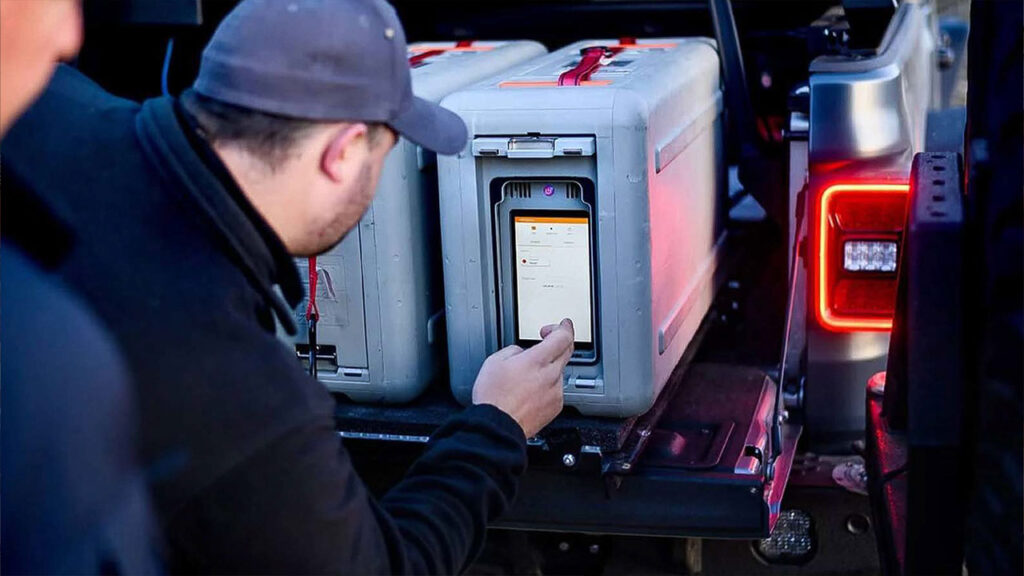
AWS has also used cloud technology to help partners map and assess damage in the hardest-hit areas, restore internet connectivity, and scale call centers to handle increased requests after a disaster. The team also provides computing power to relief organizations on the ground for process information on siteallowing them to make quicker decisions about where to focus response efforts.
Recently, AWS provided cloud technology and expertise to support teams fighting wildfires in Chile, Colombia, and Maui. Using cutting-edge technology, teams were able to understand the extent of damage caused by the fires and track and confirm new outbreaks and track new fires. The teams also used aerial surveillance images to generate maps for decision-making and prevention interventions.
In short, 360° help that takes advantage of all of Amazon’s logistical and technological know-how.







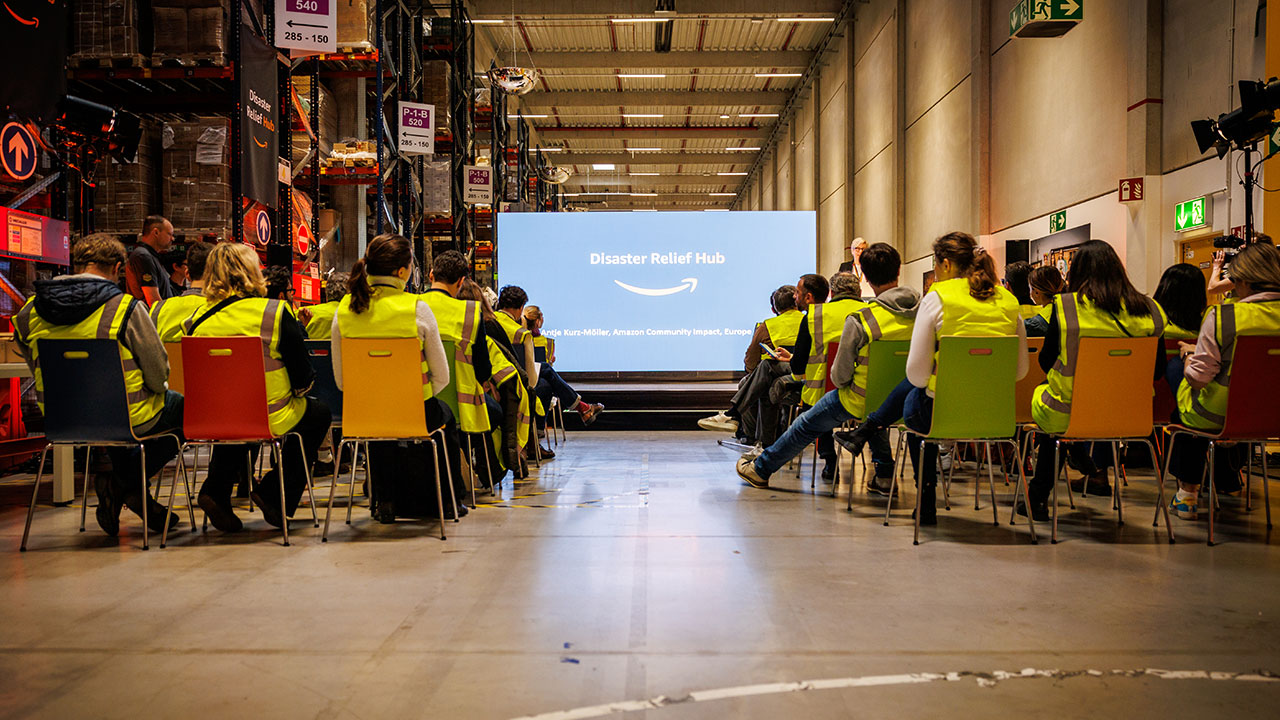








Leave a Reply
View Comments